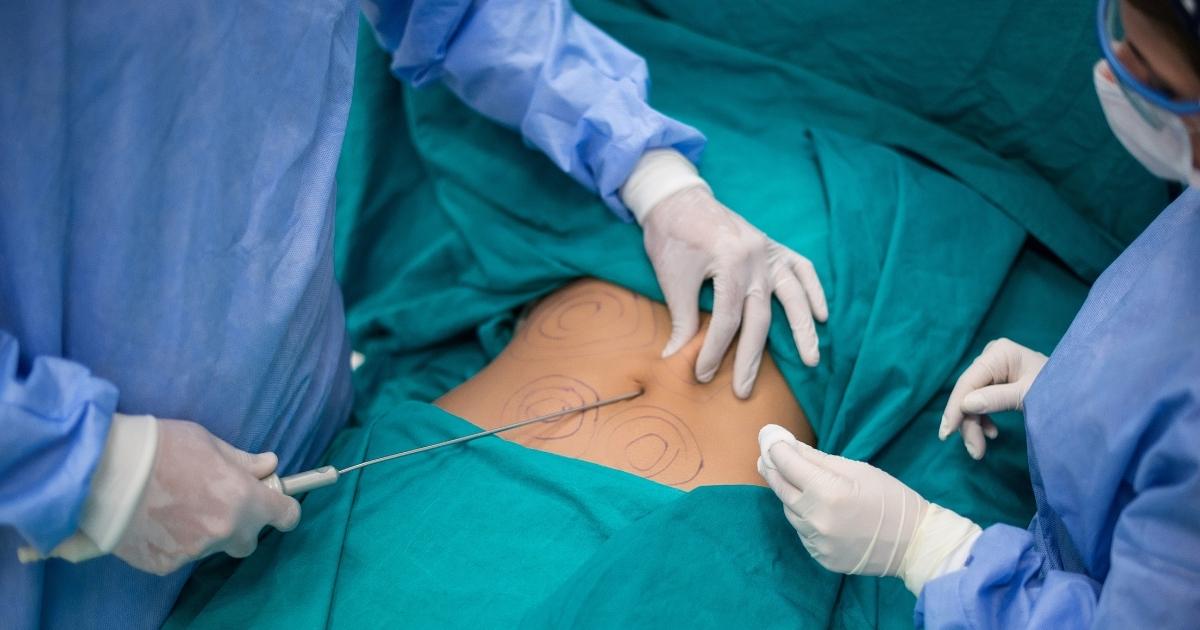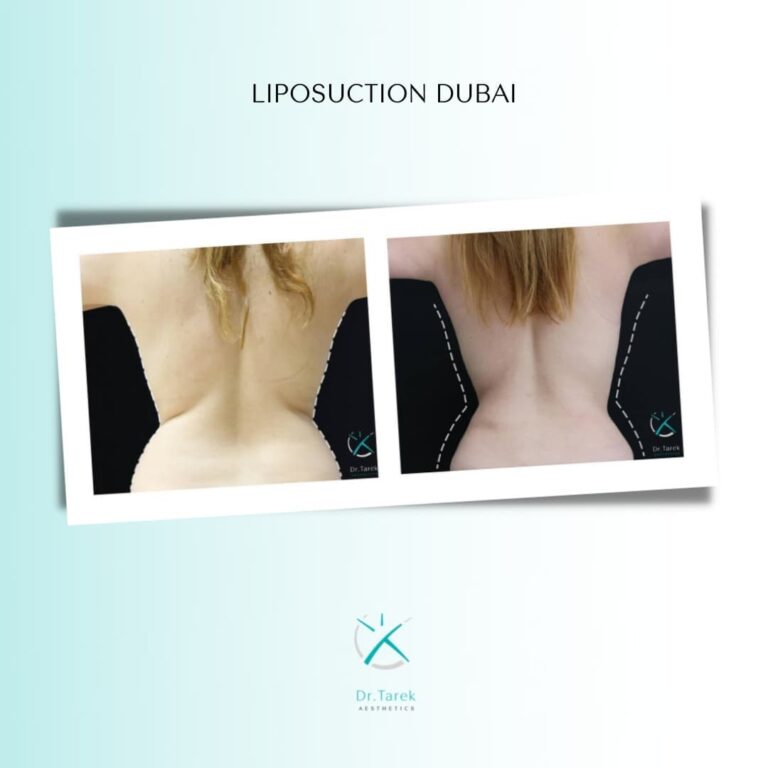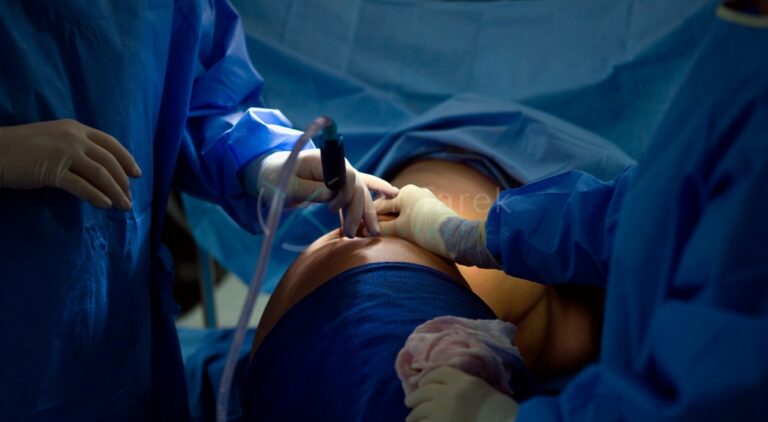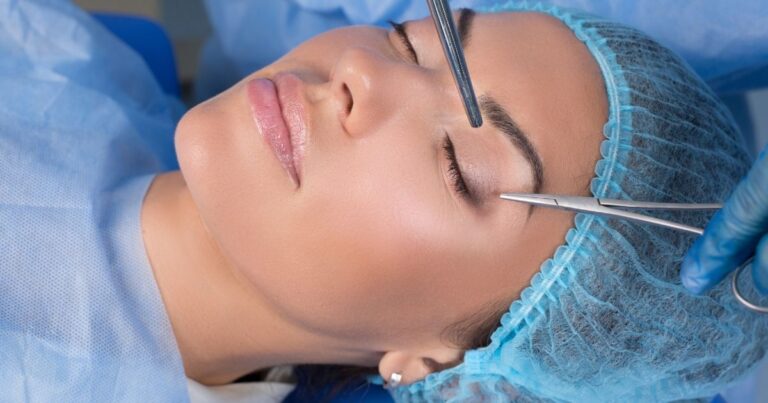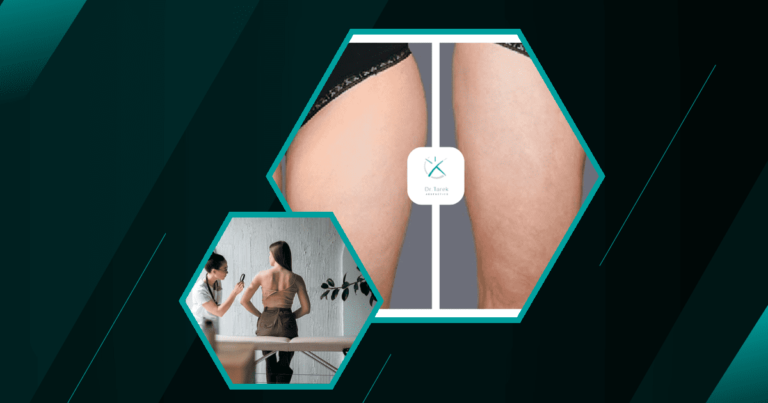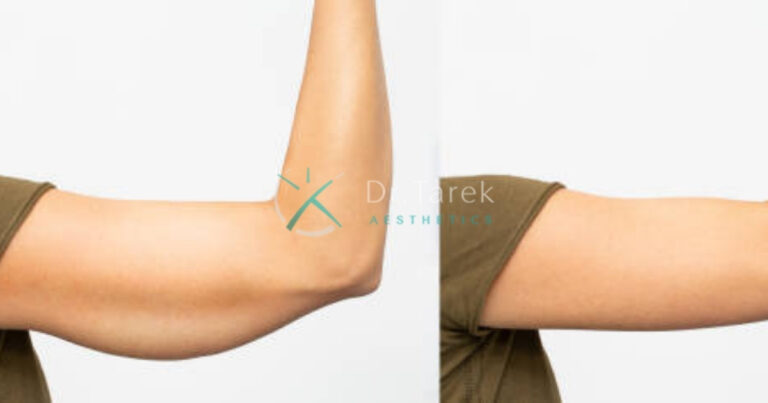A botched liposuction can be a harsh reality for some unfortunate patients. The experience can be emotionally and physically devastating, something that no one wants to go through. Whether due to inexperienced hands or unforeseen complications, the toll is significant. However, there is still hope amidst this distressing situation.
This guide thoroughly examines the methods and measures that can help restore and rectify an imperfect liposuction procedure. From seeking professional assistance to exploring different restoration techniques, here’s how you can take steps towards recovery and renewed confidence.
What Does Botched Liposuction Mean?
Botched liposuction refers to a liposuction procedure that has gone wrong or has led to harmful results and complications. This can occur due to various reasons, such as inexperience or negligence on the part of the surgeon, improper technique, lack of proper preoperative assessment, or failure in aftercare.
The results of Botched liposuction can manifest as uneven contours, excessive scarring, asymmetry, or even more severe health-related complications like infections or damage to underlying structures. In some cases, the physical appearance may worsen compared to the pre-surgery condition.
Book A Consultation With Dr Tarek Bayazid
Top-rated Plastic Surgeon For Liposuction in Dubai
Installment Plan Available
Correcting botched liposuction can be a complex, costly, and emotionally taxing process, often requiring specialized revision surgery by an expert in the field. The situation underscores the importance of selecting a reputable, board-certified surgeon with substantial experience in liposuction. It’s also essential to have open communication about expectations and an understanding of the potential risks before undergoing the procedure.
Understanding Botched Liposuction: What Went Wrong?
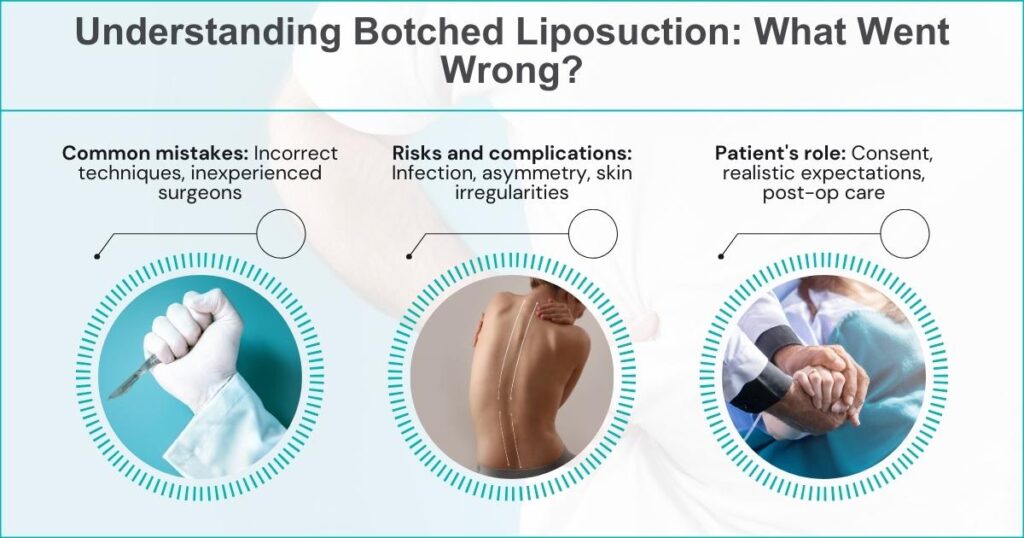
This section explores the common causes of unsuccessful liposuction, pinpointing the typical mistakes that can lead to a botched procedure. Identifying these areas educates readers about potential risks and what to look out for.
- Common Mistakes: Incorrect techniques, inexperienced surgeons.
- Risks and Complications: Infection, asymmetry, and skin irregularities.
- Patient’s Role: Understanding consent, realistic expectations, and post-op care.
The Importance of Choosing the Right Surgeon for Corrections
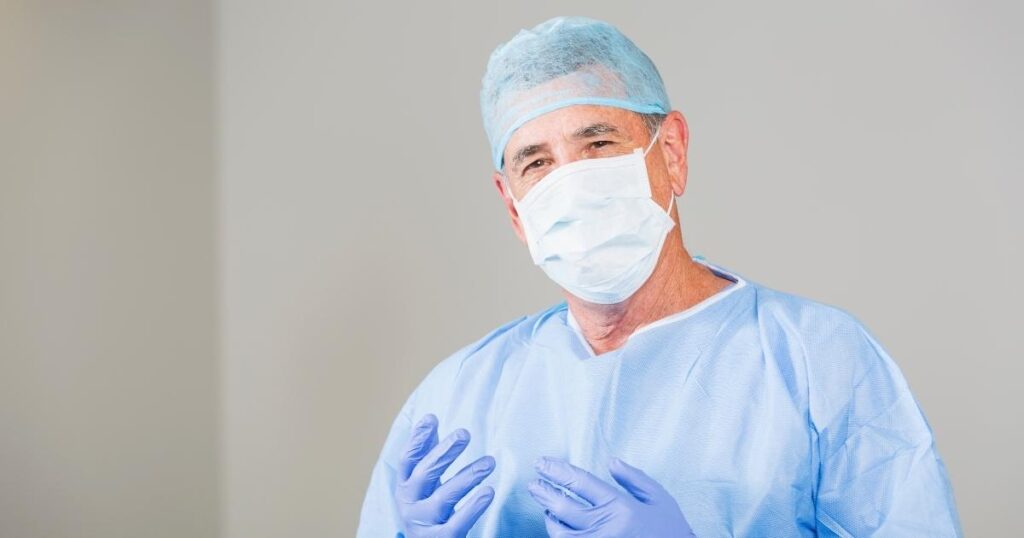
When it comes to corrective surgery, selecting a skilled surgeon is critical to achieving the desired outcomes. Make sure you focus on these areas when looking for a surgeon:
- Surgeon’s Qualifications: Board certification, experience in corrective procedures.
- Communication: Clear understanding of goals, setting realistic expectations.
- Trust and Comfort: Building rapport, knowing your surgeon’s track record.
Assessment and Diagnosis: Identifying the Areas for Repair
A thorough assessment is crucial in determining the specific areas needing correction. This section focuses on examining, diagnosing, and planning for the successful restoration of the botched liposuction procedure.
- Initial Examination: In-depth physical assessment, understanding of patient’s concerns.
- Diagnosis and Planning: Utilising medical imaging and defining a surgical plan.
- Collaborative Approach: Working closely with your surgeon, customized treatment.
Correction Techniques: A Guide to the Latest Methods
This section explores the different techniques available for correcting liposuction gone wrong. A thorough understanding of the most effective treatments gives readers an understanding of their options and helps them make informed decisions with help from medical professionals.
- Surgical Corrections: Exploring various surgical methods, such as fat grafting or revision liposuction.
- Non-Surgical Options: Understanding non-invasive alternatives like laser therapy or fillers.
- Innovative Technologies: Keeping abreast of the latest advancements and technologies in correction methods.
- Risks and Benefits: Weighing the potential risks against the expected benefits for each correction technique.
What are the common causes of botched liposuction?
Botched liposuction often occurs due to a combination of technical errors, inexperience, and poor communication between the patient and surgeon. These blunders can result in complications and unsatisfactory outcomes that become evident after the liposuction surgery.
Understanding these common causes is crucial for prospective patients as it enables them to make informed decisions and minimize potential risks.
- Inexperienced Surgeons: Lack of training or experience can lead to technical errors.
- Improper Techniques: Use of outdated or incorrect surgical methods.
- Poor Patient Assessment: Failure to properly assess the patient’s health and suitability for the procedure.
- Communication Breakdown: Lack of clear understanding between surgeon and patient regarding expectations and potential outcomes.
- Post-Operative Care Mismanagement: Inadequate follow-up or failure to follow proper aftercare instructions.
What are the risks associated with botched liposuction?
Botched liposuction carries numerous risks, which can lead to both physical and psychological consequences. These complications encompass various issues, ranging from aesthetic concerns such as asymmetry to more severe health problems like infections. It is critical for individuals considering liposuction to understand these risks fully. Making informed decisions when selecting competent medical professionals can help minimize many of these potential dangers.
- Aesthetic Issues: Asymmetry, lumps, skin irregularities.
- Health Complications: Infections, bleeding, damage to underlying structures.
- Emotional Distress: Anxiety and depression due to unsatisfactory results.
- Financial Strain: Additional costs for corrective procedures and treatments.
- Long-term Effects: Chronic pain, permanent scarring, or loss of sensation in affected areas.
Recovery and Aftercare: How to Heal Properly Post-Correction
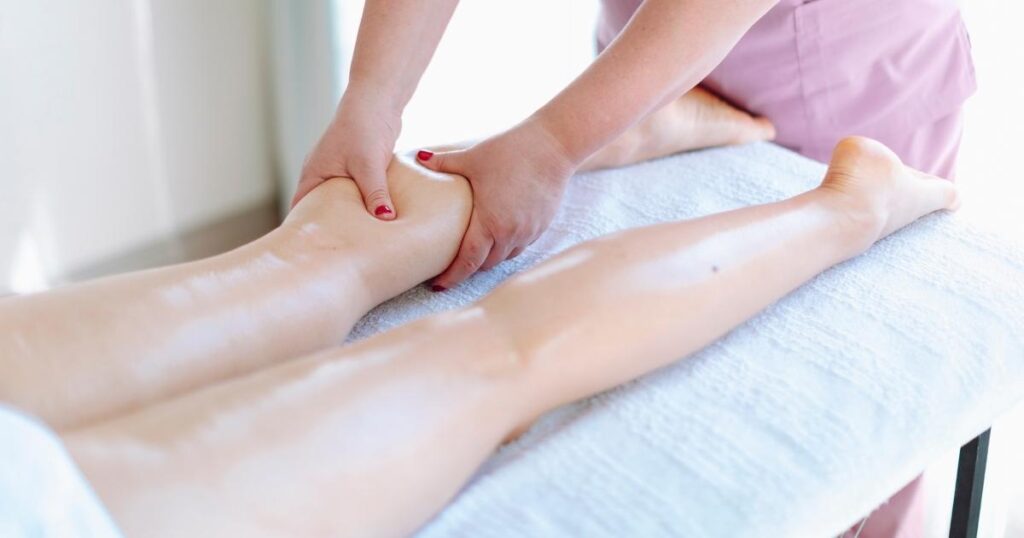
Proper recovery and aftercare are crucial following botched liposuction correction. It involves following a personalized healing plan tailored to the individual’s needs and the type of corrective surgery.
- Rest and Follow Instructions: Take ample rest and adhere to prescribed medications and dietary recommendations.
- Wear Compression Garments: Utilise special garments and avoid strenuous activities during healing.
- Maintain Cleanliness: Keep incisions clean and attend follow-up appointments with the surgeon.
- Monitor and Seek Support: Watch for abnormalities and seek emotional support from friends, family, or professionals if needed.
Monitoring progress, attending follow-up appointments, and adhering to the surgeon’s instructions all play a vital role in ensuring a successful recovery.
| Stage | Time Frame | Activities/Considerations |
| Immediate Recovery | First 24-48 hours | Rest, manage pain with prescribed medication, and wear compression garments. |
| Early Healing Stage | 1-2 weeks | Gentle movements, avoid strenuous activities, keep incisions clean, and attend follow-up appointments. |
| Intermediate Recovery | 2-6 weeks | Gradually increase daily activities, continue wearing compression garments, and follow dietary recommendations. |
| Long-term Recovery | Beyond 6 weeks | Resume normal activities with caution, continue to monitor for any abnormalities, and maintain a healthy lifestyle. |
Preventing Future Issues: Tips for Successful Liposuction
This section explores essential strategies and guidelines for ensuring successful liposuction while minimizing potential complications. Following these best practices, patients can enhance their chances of achieving satisfactory outcomes and reduce the risk of encountering unfavorable results. Understanding and implementing these principles will result in a positive and secure experience.
- Choose the Right Surgeon: Seek a board-certified, experienced surgeon specializing in liposuction.
- Clear Communication: Discuss expectations and concerns with the surgeon to establish realistic goals.
- Follow Pre-Operative Guidelines: Adhere to all pre-surgery instructions, including diet, medication, and lifestyle changes.
- Commit to Post-Operative Care: Follow the surgeon’s aftercare plan, including rest, medication, and follow-up appointments.
- Maintain a Healthy Lifestyle: Embrace long-term healthy habits to maintain results, including a balanced diet and regular exercise.
Botched liposuction can seem like a dead end in the maze of cosmetic procedures. But as we’ve explored in this guide, there are paths leading to recovery and restoration. By carefully selecting skilled professionals, following tailored treatment plans, and nurturing patience and perseverance, correction is possible.
Are you searching for natural, flawless results from a renowned expert in plastic surgery? Look no further than Dr Tarek Bayazid, one of Dubai’s premier plastic surgeons, celebrated for his advanced approach. Dr Tarek provides many of the most sought-after aesthetic procedures with an unwavering commitment to patient safety and satisfaction. His artistic eye and dedication to staying at the forefront of his expertise have led to unsurpassed outcomes.
As a member of prestigious societies like ISAPS, and with accreditations from both the Serbian Medical Chamber and Dubai Health Authority, you can trust Dr Tarek to impact the quality of your life positively. Book a consultation with Dr Tarek Bayazid today.
See related:Best Fat-Removing Liposuction
Frequently Asked Questions
What is considered botched liposuction, and how can it be identified?
Botched liposuction refers to unsatisfactory or unexpected outcomes from a liposuction procedure, such as asymmetry, lumps, or skin irregularities. It can be identified by visual inspection, discomfort, or through medical examination by a qualified professional.
Can botched liposuction be corrected?
Botched liposuction can often be corrected through various surgical and non-surgical methods. The best approach depends on the specific issues and should be determined by a skilled plastic surgeon.
What are the risks associated with correcting botched liposuction?
Risks may include infections, bleeding, scarring, or further aesthetic issues. Selecting a qualified surgeon and following pre- and post-operative instructions can help minimize these risks.
How long does recovery take after a correction procedure?
Recovery time varies depending on the type of correction and individual factors. It might range from a few weeks to several months. Following the surgeon’s aftercare instructions is crucial for proper healing.
What can I do to prevent future issues after liposuction?
Preventing future issues involves choosing an experienced surgeon, communicating openly about expectations, adhering to pre and post-operative guidelines, and maintaining a healthy lifestyle.
How do I choose the right surgeon for correction procedures?
Look for a surgeon with experience in correcting botched liposuction, board certification, positive patient testimonials, and a willingness to answer your questions and address your concerns.
How to sleep well after liposuction?
To Sleep Well After Liposuction, sleeping in a reclined position with proper support, such as using pillows to elevate the affected area, is best. This can reduce swelling and promote healing while following your healthcare provider’s instructions for rest and recovery.
Which is right for you, bodytite vs liposuction?
Bodytite and Liposuction are two distinct body-contouring procedures, each with its unique benefits. While Liposuction is primarily focused on removing fat, BodyTite simultaneously tightens the skin using radiofrequency energy, making the choice between the two dependent on individual goals, preferences, and specific areas of concern.
